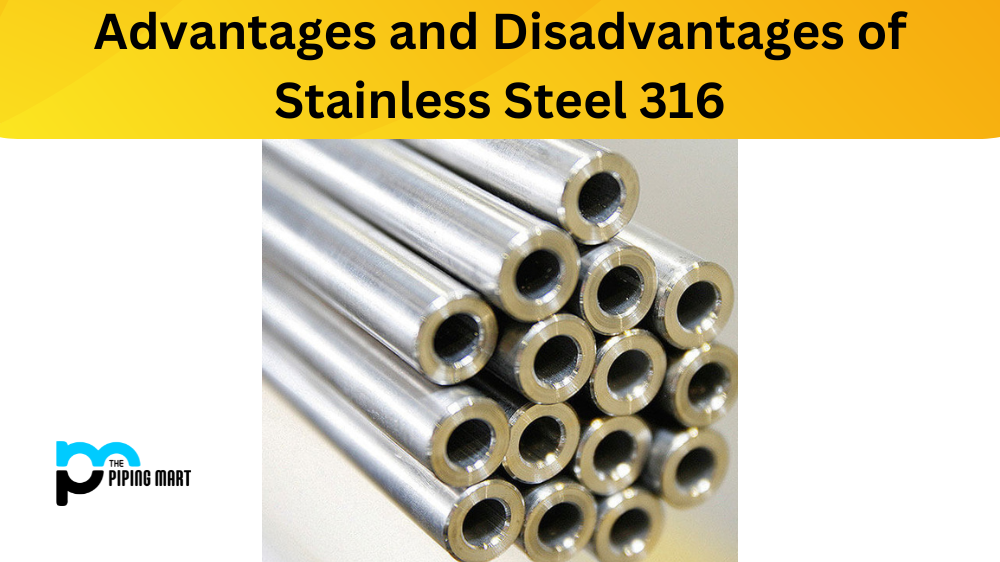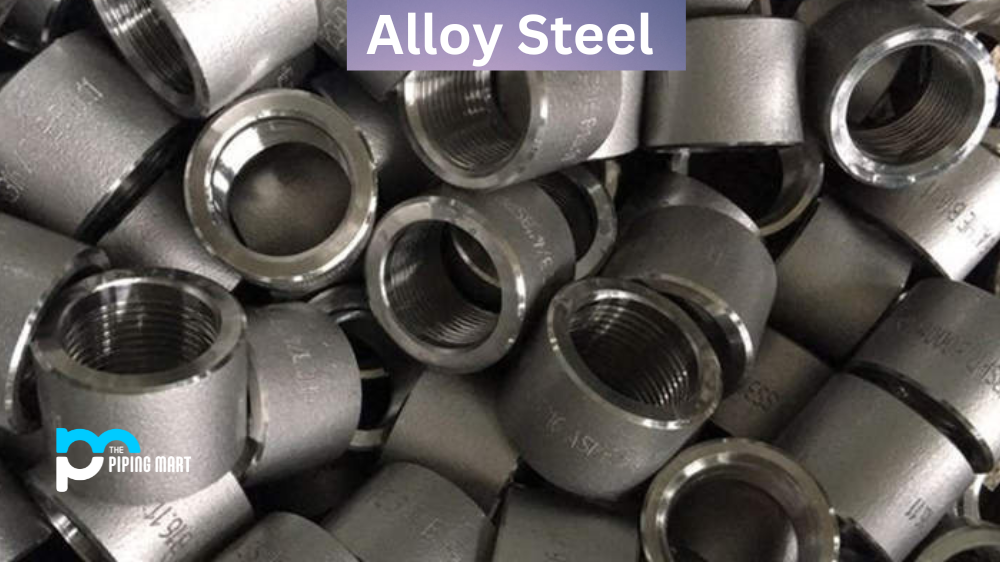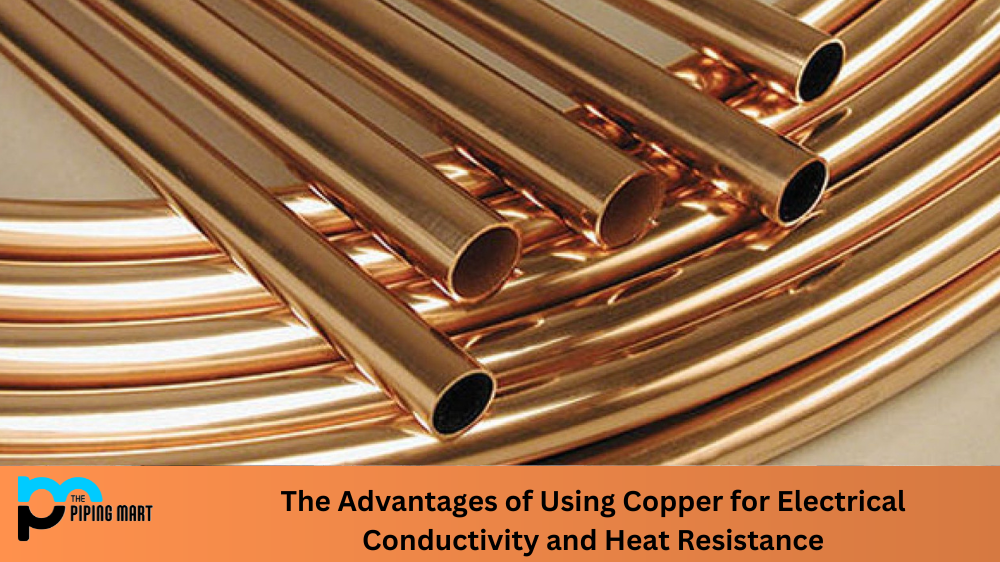Stainless steel is one of the most popular and versatile materials used in construction. It is durable, strong, and resistant to corrosion, making it an ideal choice for various applications. One of the more popular types of stainless steel is grade 316. But what are the advantages and disadvantages of using stainless steel 316? Let’s take a look.
Advantages of Stainless Steel 316
Stainless Steel 316 has excellent corrosion resistance due to its high chromium and molybdenum content. This type of stainless steel can withstand exposure to salt water, chlorine, and other corrosive elements due to its higher levels of chromium and molybdenum compared to different grades of stainless steel. Additionally, it is non-magnetic, so it won’t attract dirt or debris as other ferrous metals do. This makes it ideal for use in food processing plants, hospitals, and environments where cleanliness is essential.
Stainless Steel 316 also has excellent formability characteristics, which make it easy to work with when forming parts or components out of this material. This type of stainless steel can also be welded easily, so it can be used in various applications that require weldings, such as piping systems and structural supports. It also has good temperature resistance up to 870°C (1600°F).
Corrosion Resistant
One of the primary advantages of stainless steel 316 is that it is highly resistant to corrosion. This type of steel contains molybdenum, which gives it increased resistance to corrosive environments. Additionally, stainless steel 316 has a higher chromium content than other types of stainless steel, which also helps increase its corrosion resistance.
Temperature Resistant
Another advantage of stainless steel 316 is that it can withstand high temperatures without losing its strength or becoming brittle. This makes it an ideal material for use in high-temperature environments, such as power plants or chemical plants.
Non-Magnetic
Stainless steel 316 is also non-magnetic, which makes it ideal for applications where magnetic properties are undesirable. For example, non-magnetic stainless steel 316 is often used in food processing equipment as it will not contaminate the food with magnetic particles.
Easy to Fabricate
In addition to being corrosion-resistant and temperature-resistant, stainless steel 316 is also easy to fabricate. This means that it can be easily formed and welded into various shapes and sizes, making it versatile for multiple applications.
Low Maintenance
Finally, stainless steel 316 is low maintenance and does not require regular cleaning or polishing like other metals. This makes it ideal for use in areas where routine maintenance is difficult or impractical, such as outdoor applications or sites with high traffic.
Disadvantages of Stainless Steel 316
The main disadvantage of using stainless steel 316 is its cost; this type of stainless steel tends to be more expensive than other grades due to its higher levels of chromium and molybdenum content which provide superior corrosion resistance. Additionally, while it has excellent formability characteristics, this type of stainless steel may not be suitable for applications requiring very tight bends or intricate shapes, as the material can become brittle at low temperatures due to its high carbon content.
More expensive
One of the primary disadvantages of stainless steel 316 is that it is more expensive than other types of stainless steel. This is because it contains a higher percentage of chromium, which makes it more resistant to corrosion. Additionally, stainless steel 316 is often used in high-end applications, such as medical devices or food processing equipment, which drives up the cost even further.
It cannot be accessible to weld.
Another disadvantage of stainless steel 316 is that it can be challenging to weld. This is because the higher percentage of chromium makes the metal more resistant to heat, making welding challenging. Additionally, stainless steel 316 is often used in applications where welding is not an option, such as in food processing equipment, where contamination must be avoided at all costs.
Not as strong as other types of stainless steel
While stainless steel 316 is more resistant to corrosion than other types of stainless steel, it is not as strong. This means it is more likely to dent or scratch than different types of stainless steel. Additionally, stainless steel 316 is less heat-resistant than other types of stainless steel, making it less ideal for specific applications.
Requires regular cleaning and maintenance
Another disadvantage of stainless steel 316 is that it requires regular cleaning and maintenance to keep it looking its best. This is because the metal is susceptible to fingerprints and water spots. Additionally, if the metal is not properly cleaned and maintained, it can look dull and lacklustre over time.
Conclusion:
Stainless Steel 316 is an incredibly versatile material that offers superior corrosion resistance and excellent formability characteristics, making it ideal for various applications, from food processing plants to structural supports and piping systems. However, one major downside is its cost which may be prohibitive for some users depending on their application requirements. Additionally, care should be taken when forming parts out of this material as it may become brittle at low temperatures due to its high carbon content. As always, consult an experienced professional when selecting material for your application needs!

Abhishek is a seasoned blogger and industry expert, sharing his insights and knowledge on various topics. With his research, Abhishek offers valuable insights and tips for professionals and enthusiasts. Follow him for expert advice on the latest trends and developments in the metal industry.




